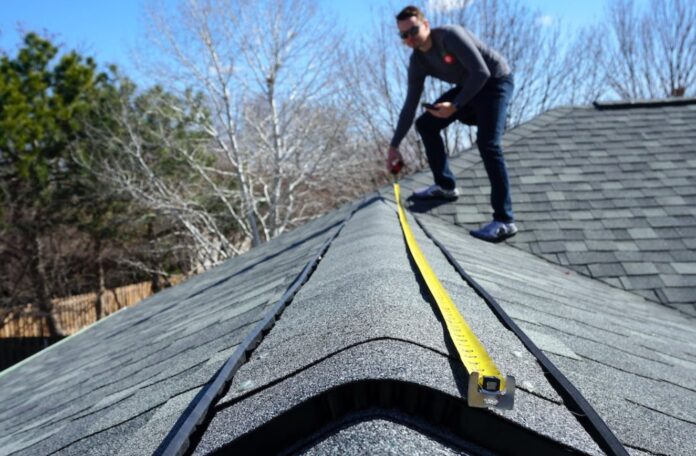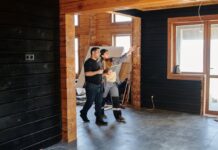Buying a new home is probably one of the most exciting but also stressful processes in a person’s life. There is a lot at stake – you need a lot of time, energy, and patience to sift through hundreds of property listings until you find the right home for you and your family. And when you shortlist a few properties, you need to make sure that every aspect of the house is safe. Hence, we are going to explain how to inspect the roof when buying a new home.
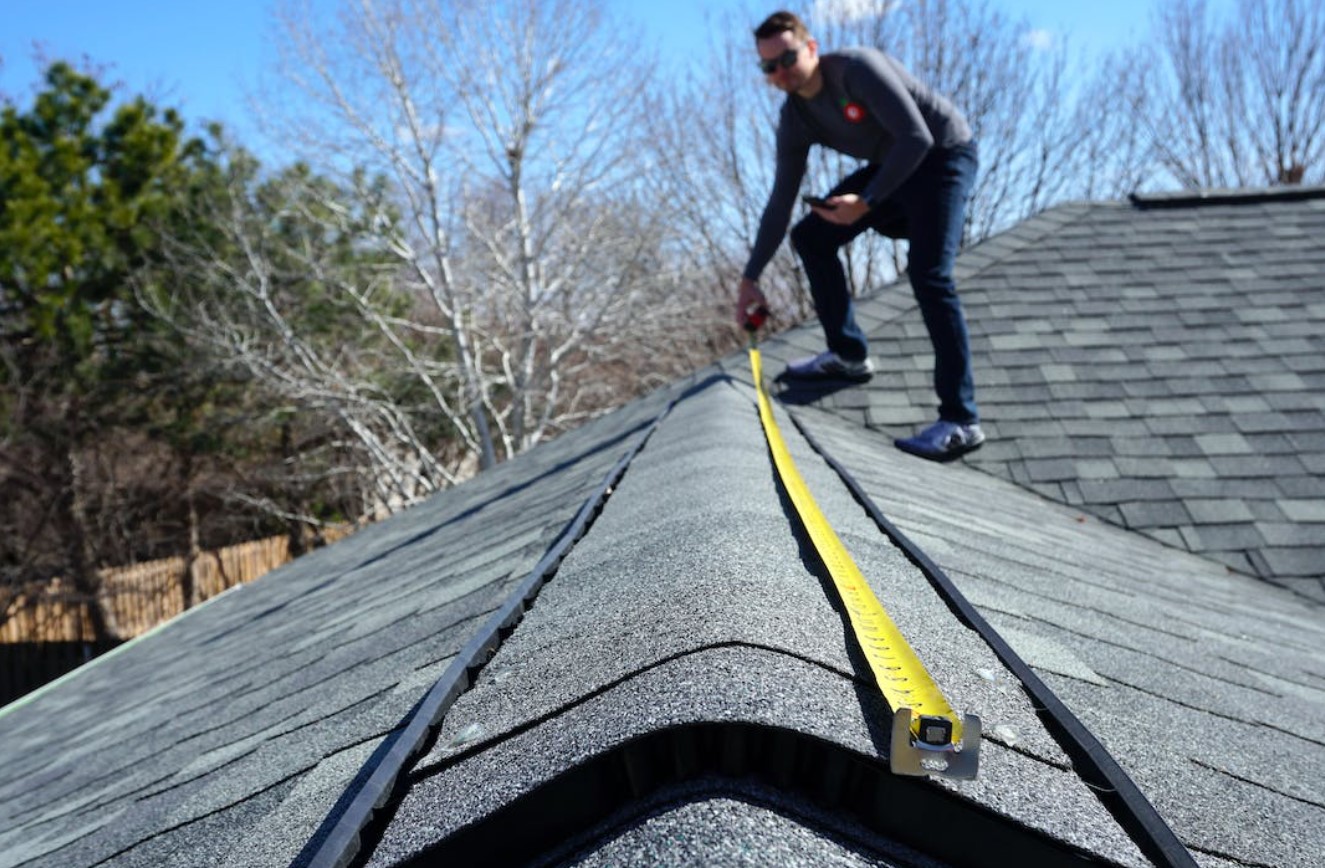
Why do I need to inspect the roof when buying a new home?
Although often overlooked, the state the roof is in is essential for several reasons. If the roof is damaged or deteriorated, it could expose your entire home to the elements. Furthermore, it would be a shame if you miss out on the opportunity to make clever use of the space beneath the roof because the roof is leaky.
You are about to invest hundreds of thousands of dollars into your new home. Hence, you want to make sure you are not investing in a potentially very costly problem. And a damaged roof can be quite a financial burden, more so than your average renovation projects such as window replacements.
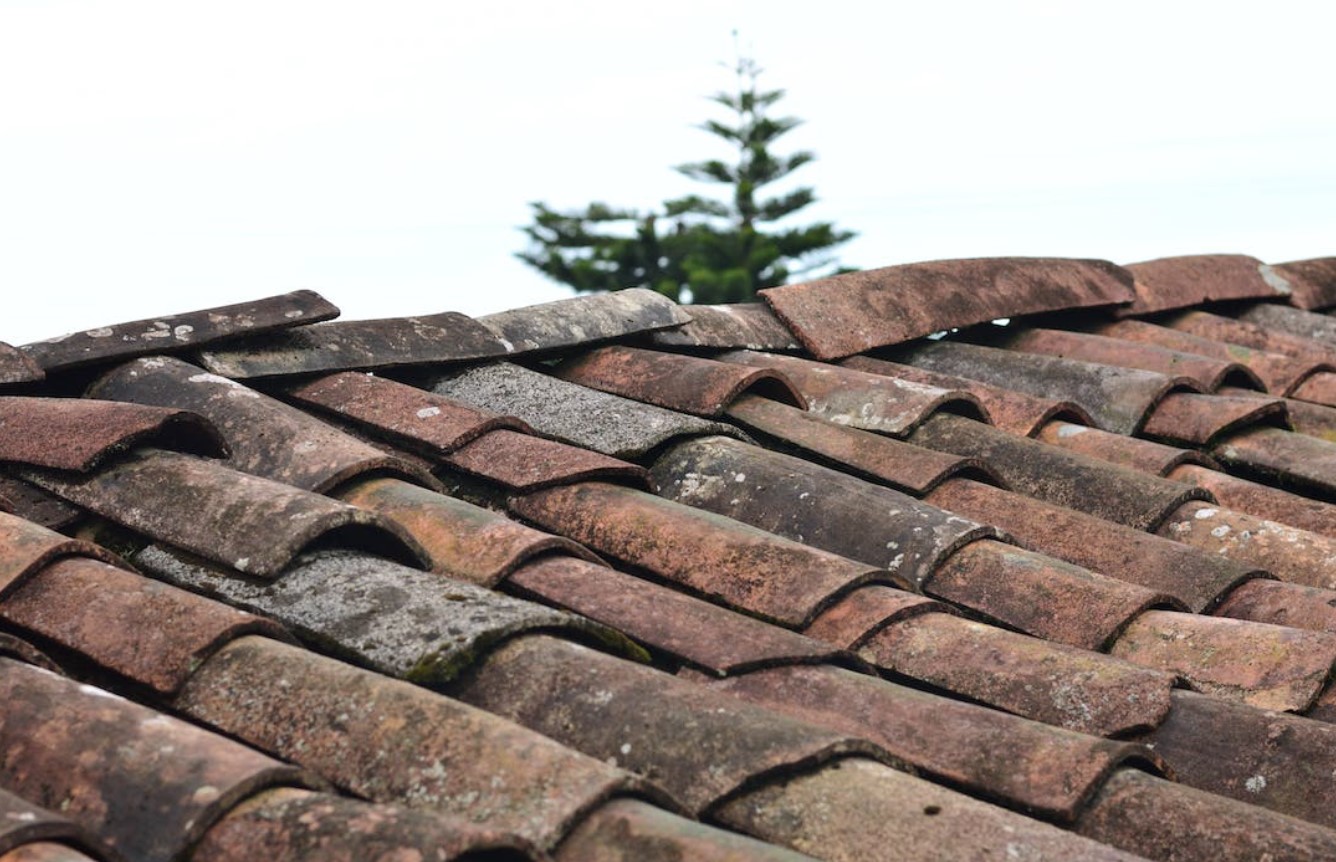
You want to avoid overpaying for a property with a damaged roof.
In fact, a typical roof repair can cost from $300 to $2,000. For this reason, many people hire a professional roof inspector to see if the roof is at least repairable, if not perfect. A roof replacement can set you back anywhere from $5,000 to $50,000, depending on the type of roof. So, to spot potential issues and avoid these expenses, turn to a simple roof inspection before the purchase.
Look for signs of water coming through the roof structure
Keep in mind that the home seller is under no legal obligation to do a roof inspection before selling a home. So, although home inspections are customary, they do not always include a roof inspection. This is simply something that you will have to do on your own initiative.
Sometimes a good property inspector might suggest getting a roof inspection if he notices something is off. However, they cannot make any definite estimates about the roof.
So, no matter what is in your toolbox, you can do a cursory inspection during a showing to see if there are significant issues in the roof structure. Let’s take a look at a few tell-tale signs that point to certain roofing problems.
Watch out for water stains
For instance, water stains on the ceilings are an immediate red flag there is or was a leak in the roof. Also, if you notice that the ceiling is freshly painted, that might be a sign that they tried to paint over the water stains. Ask the current owner of the home to clarify if the leak has been dealt with or not.
Check the shingles if you want to inspect the roof when buying a new home
If the roof is made of asphalt or cedar shingles, check if there is curling at the edges. This means that the shingles are reaching their expiration date. The roof could technically be waterproof at the moment. However, you might have a lot of problems in the near future. The same goes for stained, damaged, chipped, or missing shingles. In the roofing world, these changes are not a red flag – they are a red alert!
Look for cracks and damages in the structure
Also, note that flat and shingled roofs are easier to inspect than tiled roofs. In the case of the former, the damages are more apparent, whereas, with the latter, they might be hiding a damaged underlayment. The underlayment of the roof deteriorates with time, so it needs to be replaced every 10 to 20 years.
For instance, water-damaged fascia boards are another indicator that the roof is prone to leaking. If you see any cracks or discoloration, then the roof is probably too old.
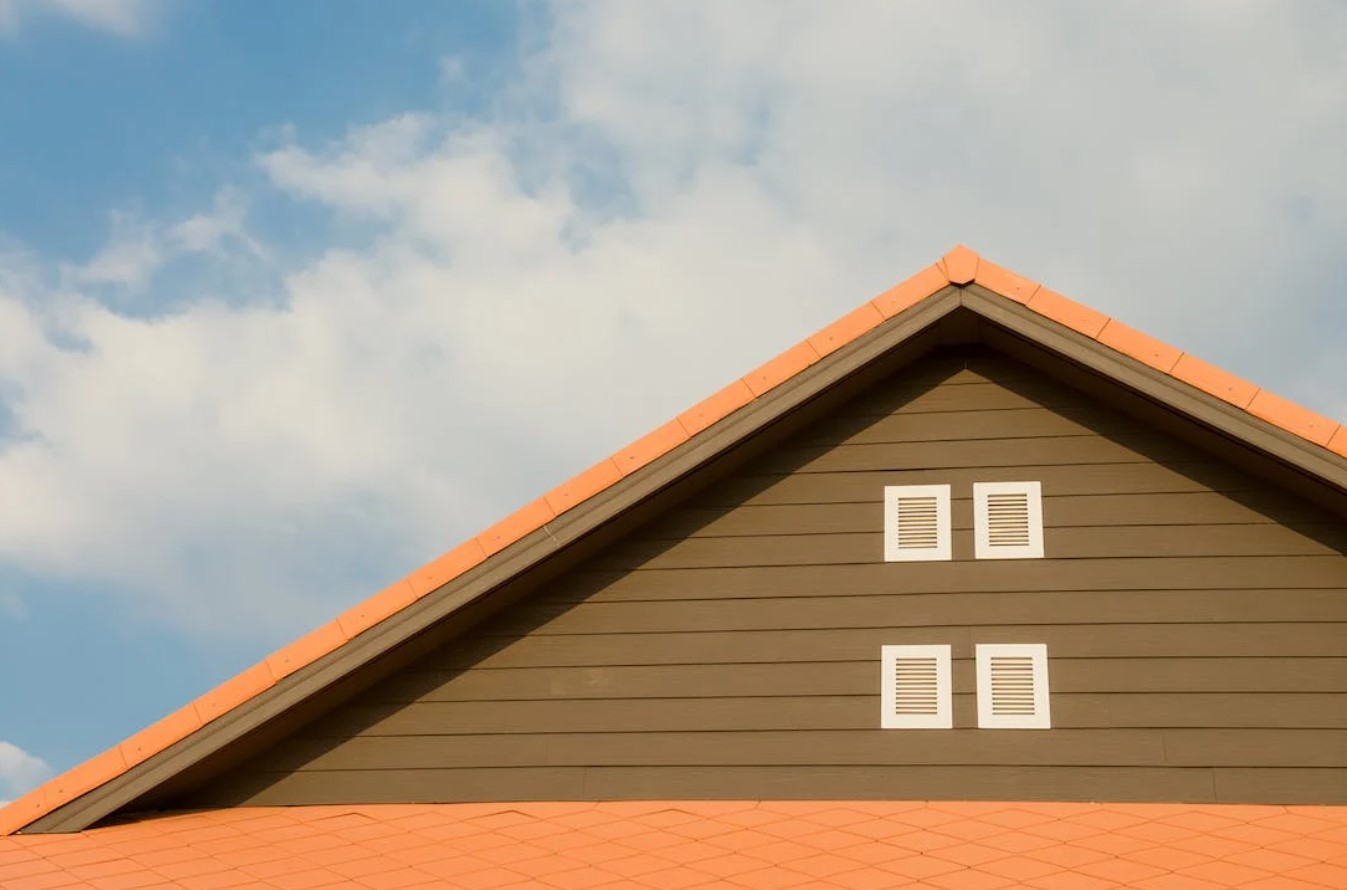
You should also check sloped roofs and their fascia boards.
Aside from the main construction, you should also look at the framing, ventilation, and gutters. If you see that these roof structure components look deteriorated, you might want a professional roofing company to check it out more closely.
Their roofing professionals will be able to check other components connected to the roof. Hence, you will be sure the HVAC system, chimney, vents, and drains are in working order as well. This way, you will be able to purchase your new home without any surprises coming your way after you move in. To ensure everything goes smoothly on a moving day, experts from Number 1 Movers suggest hiring local-based professionals to do this so that you can be sure there are no logistical problems and delays during the relocation process.
The type of roofing material can help you determine the roof’s condition
As we mentioned, the material used to build the roof will determine if you can repair or replace the roof. Different roofing materials have different lifespans, and you can use this information to conclude whether the roof is past its prime time. The following are rough time estimates you can take into account before buying a new home.
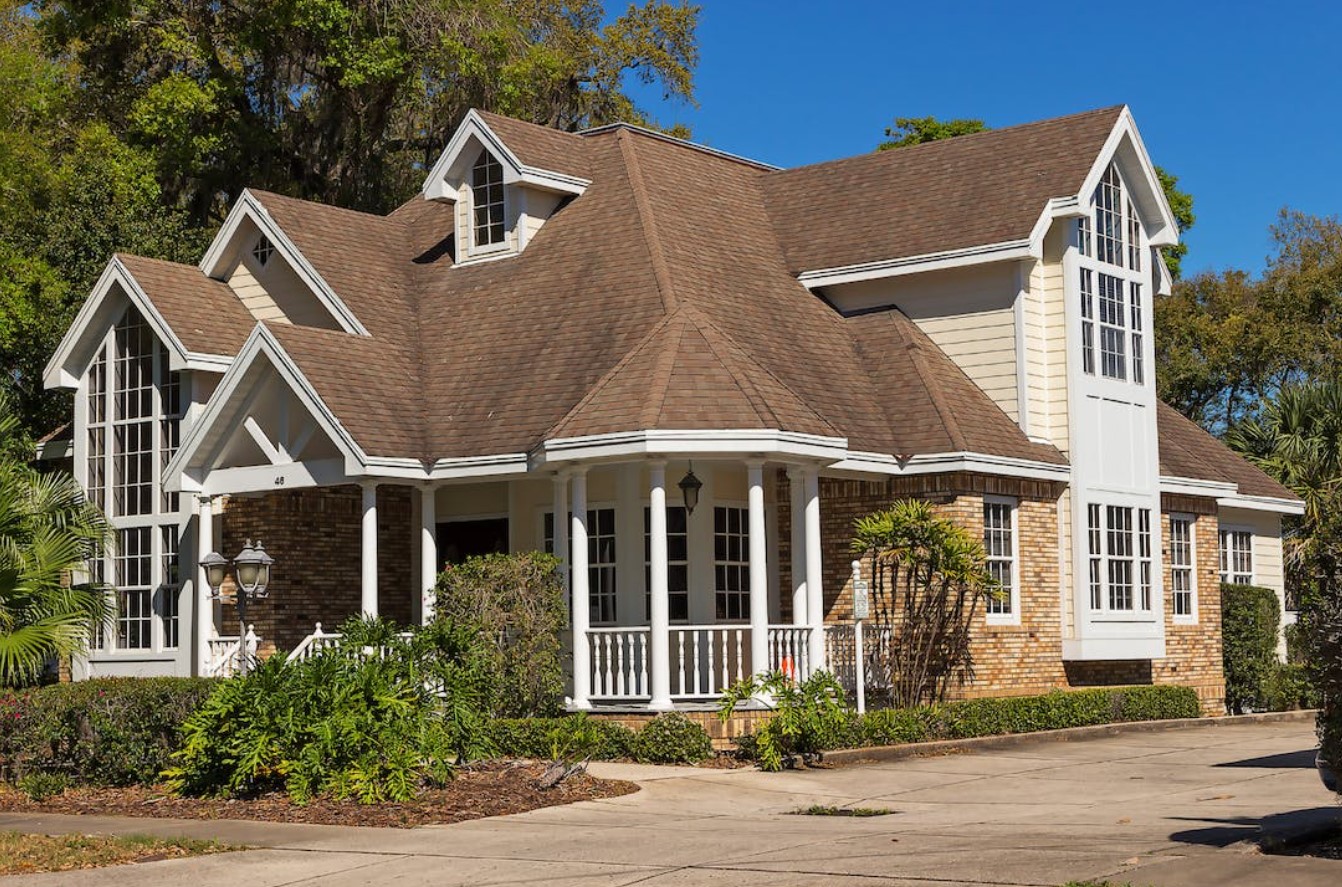
Durability depends on the type of roofing material.
For instance, composition shingles can last from 10-20 years before they deteriorate. Asphalt shingles are slightly more durable within 15-30 years, similar to wood shingles which can last from 20-25 years. In contrast, rubber roofs’ life expectancy ranges between 30-50 years, whereas metal roofs top the chart with 50-75 years.
Summing it up
All in all, a roof inspection is not welcome but mandatory when purchasing a house. We hope you have found out more about how to inspect the roof when buying a new home in this article and that you’ll follow the advice we gave you. We wish you good luck with finding your perfect new home with a perfect roof!






